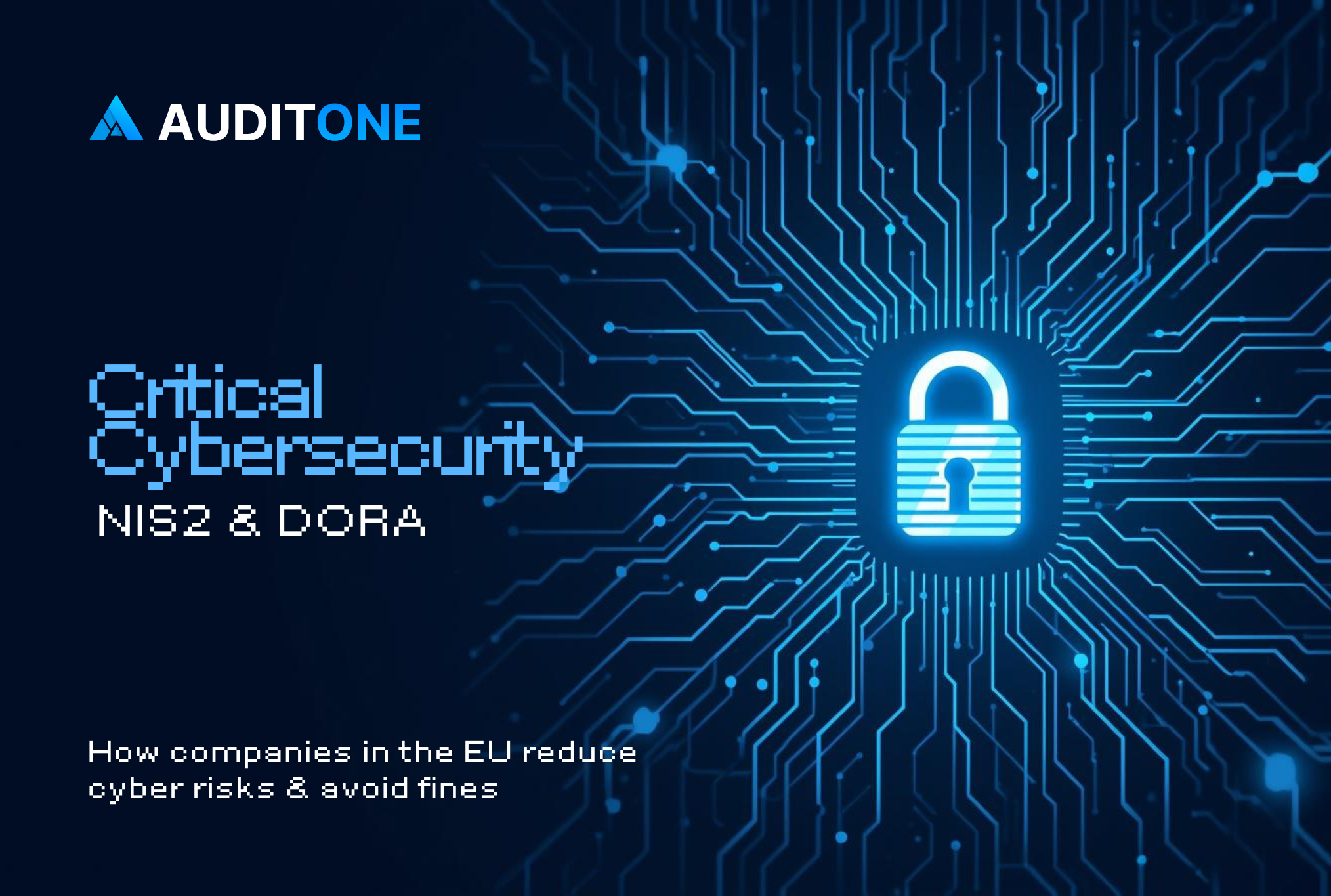Web3.0 is a term used to describe the next generation of the World Wide Web. It is considered a successor to the current web 2.0, which we have used since 2005.
Web 1.0
To understand web3, you need to understand web 1.0, the first iteration of the internet, the read-only websites. Users were only able to view static data and not be able to interact with the websites beyond reading them like books.
Web 2.0
Web 2.0 changes this dynamic. Users can now read and write and interact with content on the internet in a holistic way. Social media platforms, blogs, streaming, and podcasts are all products of web 2.0. Centralized entities currently control what you can and cannot do on the web in exchange for our data.
Web 3.0
Web3.0 will allow its users to read, write and own the content they create. Web3 applications define ownership of content its users create through the blockchain. Web 3 has many features similar to blockchain technology, such as decentralization and immutability.
Commercial use cases for web3
There are many potential commercial use cases for web3, including but not limited to the following:
- Trading and investing: Web3 can enable secure, transparent, and low-cost transactions for trading cryptocurrencies and other assets.
- Supply chain management: Web3 can help track the provenance of goods as they move through the supply chain, reducing the risk of counterfeiting and fraud.
- Identity management: Web3 can help verify the identities of parties involved in a transaction, reducing the risk of identity theft or fraud.
- Data management: Web3 can help manage and protect sensitive data, preventing it from being stolen or compromised.
- Healthcare: Web3 could be used to store and share medical data, reducing the risk of data breaches.
What are the benefits of Web3?
Web3 promises to bring back data ownership and make the internet more open and transparent.
Web3 is not just a technology; it’s an ecosystem made up of four main components:
Decentralization: Decentralization does not rely on centralized servers to store data or execute apps. Creating a peer-to-peer network of nodes, where every node can act as a client and a server—making the Internet resistant to censorship, surveillance, and attacks. There would be no one entity controlling it, and your data is not monetized.
Trustless and permissionless: Web 3.0 will be trustless, allowing users to interact directly without needing a trusted intermediary. It will also be decentralized and built on open-source software, allowing anybody to join without the need for permission from a central organization. This will create a more democratic web where users have more control over their data.
Artificial intelligence (AI): With AI, web3 products can provide a more personalized experience for their customers, which can lead to increased loyalty and revenue. AI can help to identify and prevent cyber-attacks, as well as protect user data.
Connectivity and ubiquity: The web3 API provides a way for applications to interact with the Ethereum blockchain and smart contracts. Data may be accessible by several apps, each device is connected to the internet, and web 3.0 users can access services from any location.
Web3 Limitations
The risks associated with Web3 are many and varied before it can become in wide use.
Scalability: Web3 needs to be able to scale for the system to work efficiently and cost-effectively.
User experience: Decentralized technologies can be difficult for users to understand and use. This can lead to a lack of user adoption and decreased functionality. Lack of adoption could make it less viable, or it may be co-opted by large corporations and used for nefarious purposes.
Accessibility: There needs to be an easy way for people who do not have technical knowledge or skillsets (such as coding) can still use the system. Web3 could lead to the development of a “digital divide,” where those who are unable to access or use the technology would be at a disadvantage.
Security risks: Another concern is that the current infrastructure of Web3 is vulnerable to cyberattacks, which could potentially lead to large-scale theft of funds or data. Decentralized technologies are often more secure than centralized technologies, but they are not invulnerable.
Future of web3
The future of web3 is shrouded in potential but fraught with uncertainty. The web3 stack is still in its early stages of development, and its security is far from perfect. Nevertheless, the potential for web3 to revolutionize the way we interact with the internet is immense. With the right security precautions taken, it gains a lot of goodwill from average users. AuditOne's goal is to secure web3 through smart contracts security. We have a wide variety of experienced auditors ready to audit any protocol.
About AuditOne
At AuditOne, we are committed to making security audits more accessible through our smart contract platform. Our team is passionate about the advancement of Web3 products and their security. We are a combination of industry experts and academics in the DeFi space. We want to reduce long waiting lists, high prices, and audit mismatches with projects by building the best platform for finding and booking certified smart contract auditors.
Book your Free Security Consultation:
Google Calendar: https://calendar.app.google/Ai15eyQhiV5c1pBXA
Telegram: https://t.me/m_ndr
.svg)


.svg)
.svg)

.jpg)






